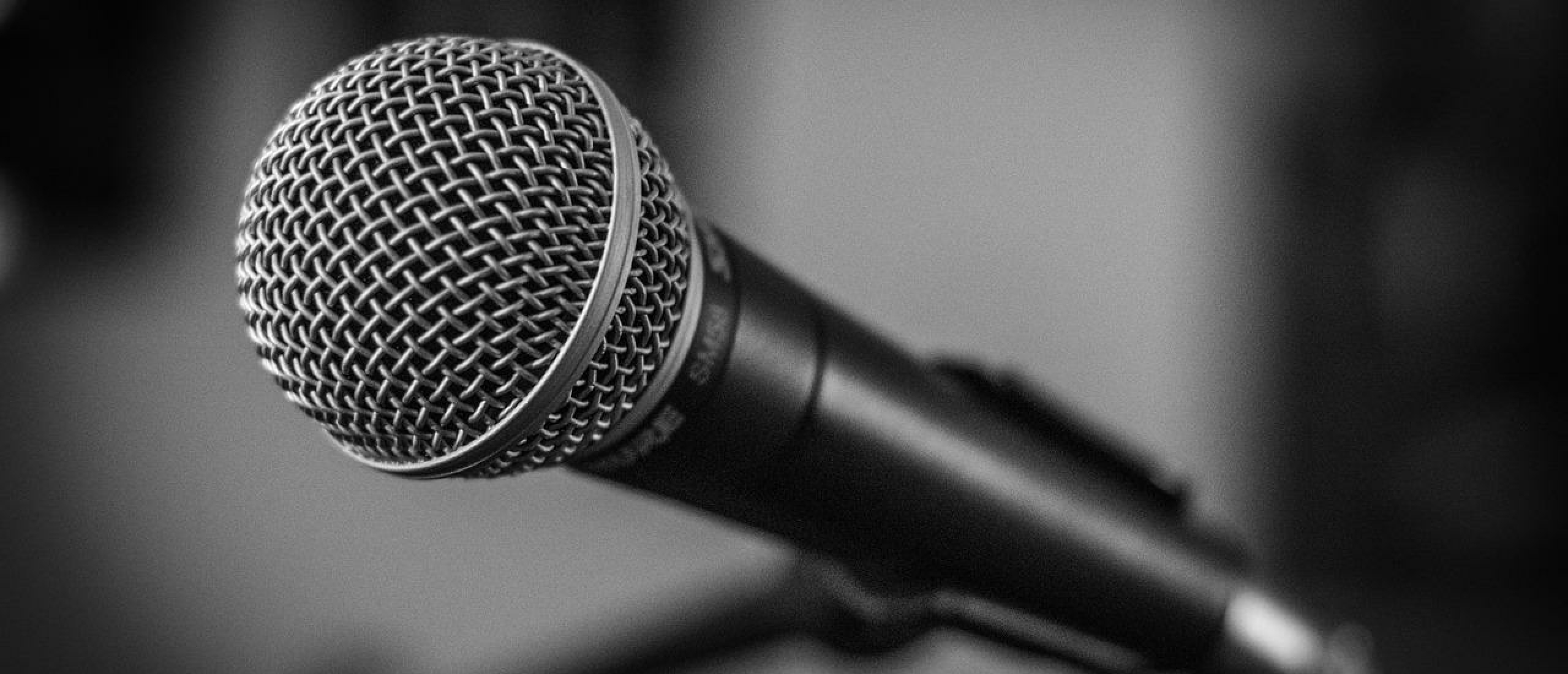How can I professionally record audio?
How to use sound effects to enhance your video production
The advantages of using a professional audio recording studio
Recording audio outdoors: overcoming challenges and getting professional results
The importance of audio quality in podcasting and video production
Tips for recording high-quality audio on a budget

